Karate Kid Franchise and Cobra Kai
The Sports Movie Franchise
The Karate Kid franchise began in 1984 and rapidly became a global cultural phenomenon. Its portrayal of karate introduced millions to martial arts philosophy, discipline, and technique. The original film was directed by John G. Avildsen and written by Robert Mark Kamen, who based the story on real-life martial arts experiences. Pat Morita’s portrayal of Mr. Miyagi introduced traditional Okinawan karate to mainstream audiences. The film emphasized discipline, balance, and respect as foundational athletic values. “Wax on, wax off” became a cultural shorthand for muscle memory and repetitive training.
Following the film’s release, karate school enrollments in the United States increased by over 50 percent. Youth participation in martial arts tournaments rose significantly between 1985 and 1987. The franchise expanded with sequels in 1986, 1989, and 1994, each reinforcing martial arts philosophy. The 2010 reboot introduced kung fu under the Karate Kid brand, broadening its reach in China and globally.
Cobra Kai launched in 2018 and revived interest in karate among younger audiences. The show was originally released on YouTube Red before moving to Netflix in 2020, where it reached over 50 million households. Cobra Kai’s success led to a documented rise in martial arts gym memberships worldwide. The series portrays multiple styles including Tang Soo Do, kickboxing, and hybrid dojo formats. Karate Kid and Cobra Kai together transformed karate from a niche practice into a globally recognized sport.
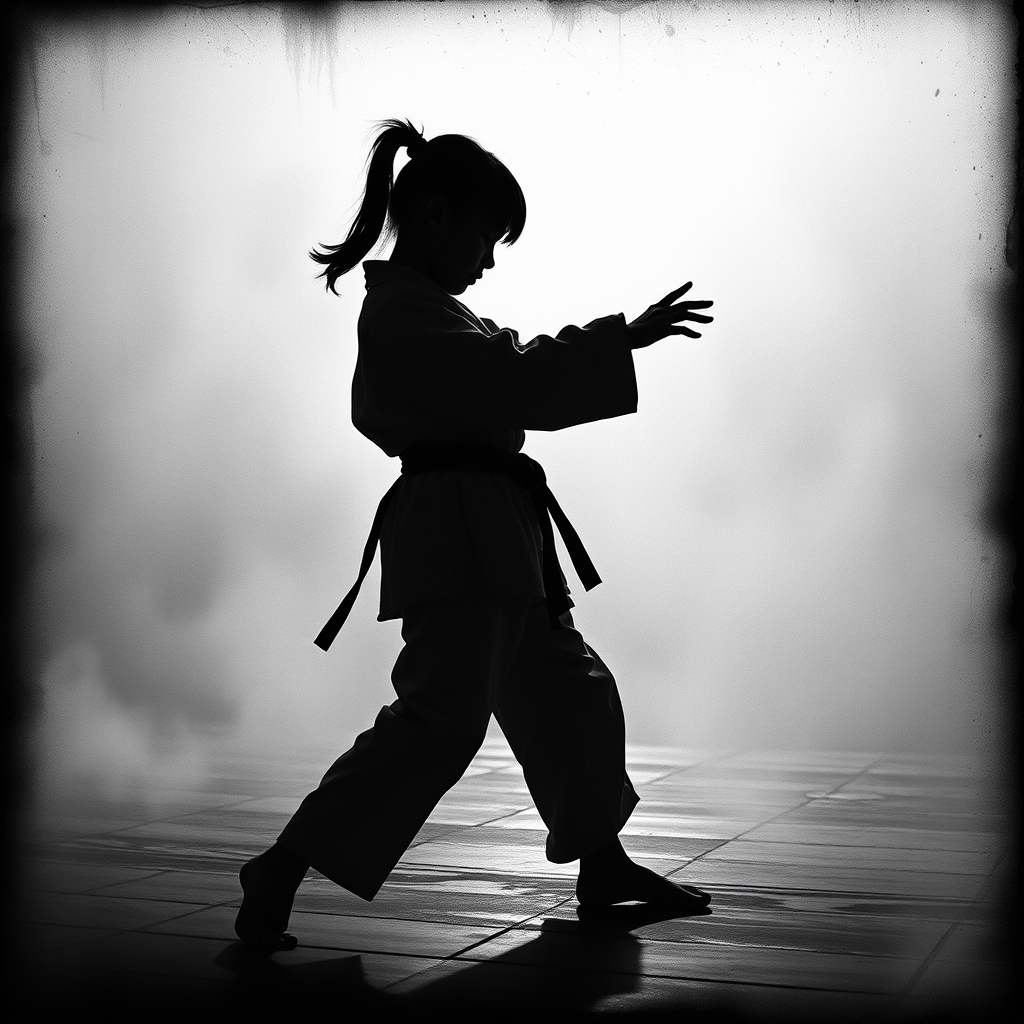
The Sports icon
Karate Kid and Cobra Kai – Measurable Impact on Karate and Sports
The Karate Kid franchise popularized traditional karate techniques such as kata, kumite, and kihon. Mr. Miyagi’s training methods emphasized balance, repetition, and mental focus. The films introduced the concept of belt progression and dojo etiquette to mainstream audiences. Cobra Kai modernized martial arts portrayal by integrating competitive sparring and tournament formats. The series depicted realistic drills, warm-ups, and fight choreography based on actual martial arts principles.
Cobra Kai’s characters train in structured systems that mirror real-world belt advancement. The show’s success led to increased youth enrollment in martial arts programs globally. Karate federations in the United States, United Kingdom, and Australia reported spikes in participation after each season release. Martial arts instructors cited Cobra Kai as a top reason for new student inquiries between 2020 and 2023. The franchise helped normalize martial arts for girls and para-athletes through inclusive casting and character arcs. Sam LaRusso and Tory Nichols became symbolic figures for gender inclusion in sport.
Miguel Diaz’s storyline included rehabilitation and adaptive training, reflecting para-athlete resilience. Cobra Kai also sparked renewed debate about competitive ethics, belt inflation, and dojo culture. The series highlighted rivalries, mentorship, and the psychological dimensions of sport. Karate Kid and Cobra Kai together reshaped how martial arts are taught, marketed, and understood.
| Impact Area | Karate Kid (1984–2010) | Cobra Kai (2018–2025) |
|---|---|---|
| Youth enrollment | +50% increase in U.S. karate schools | Global surge in teen sign-ups |
| Style visibility | Okinawan karate, kata, kumite | Tang Soo Do, kickboxing, hybrid drills |
| Cultural reach | Film legacy, iconic quotes | Streaming dominance, meme culture |
| Gender inclusion | Ali Mills and Julie Pierce as pioneers | Sam LaRusso and Tory Nichols as leads |
| Para-athlete visibility | Not depicted | Miguel Diaz’s recovery arc and adaptive training |
| Sport influence | Respect and discipline in sport | Rivalry, ethics, and dojo culture debates |
Karate Kid – Philosophical Foundations and Coaching Influence
The Karate Kid films introduced martial arts as a vehicle for personal growth and ethical development. Mr. Miyagi’s teachings emphasized patience, humility, and inner balance. His methods were rooted in traditional Okinawan karate, which prioritizes kata and self-discipline over aggression. The franchise portrayed martial arts as a lifelong practice rather than a competitive shortcut.
Miyagi’s refusal to train Daniel for revenge reinforced the sport’s moral framework. The films depicted training environments that were minimalist, symbolic, and emotionally resonant. Karate instructors worldwide adopted “Miyagi-style” metaphors to teach fundamentals. The wax-on, wax-off sequence became a global reference for muscle memory and repetition. The franchise influenced coaching language, especially in youth programs. Karate Kid also introduced the idea of mentorship as central to athletic development. The relationship between Daniel and Miyagi became a model for coach-athlete dynamics.
The films avoided glorifying violence, focusing instead on restraint and control. Karate federations cited the franchise in educational materials about sport ethics. The series helped distinguish karate from other combat sports by emphasizing philosophy. Karate Kid’s legacy continues in dojos that prioritize character development alongside technique.
| Coaching Principle | Miyagi Philosophy | Sport Application |
|---|---|---|
| Discipline | Train without ego | Builds long-term focus |
| Repetition | Wax-on, wax-off | Muscle memory development |
| Balance | Physical and emotional | Injury prevention and mental clarity |
| Mentorship | Teacher-student bond | Trust and growth in coaching |
| Restraint | No fighting unless necessary | Ethical competition standards |
Cobra Kai – Streaming-Era Influence on Youth Sport and Competitive Culture
Cobra Kai launched in 2018 and quickly became one of the most influential sport-themed series of the streaming era. The show revived interest in karate among Gen Z and millennial audiences across multiple continents. Its success on Netflix led to over 50 million households viewing the series by 2021. Martial arts gyms in North America, Europe, and Australia reported spikes in teen enrollment after each season release. Cobra Kai’s characters train in structured belt systems that mirror real-world martial arts progression.
The series portrays tournament formats based on actual karate federation rules, including point scoring and weight classes. Rival dojos such as Cobra Kai and Miyagi-Do reflect real-world debates about coaching philosophy and competitive ethics. The show explores psychological themes such as fear, resilience, and identity through sport. Cobra Kai’s depiction of injury recovery and adaptive training resonates with para-athlete experiences. Miguel Diaz’s rehabilitation arc has been cited in physical therapy education as a motivational case study. The series includes realistic warm-ups, sparring drills, and dojo etiquette.
Cobra Kai normalized martial arts for girls through characters like Sam LaRusso and Tory Nichols. The show also introduced martial arts to audiences unfamiliar with traditional karate. Streaming accessibility allowed global reach without geographic or economic barriers. Cobra Kai’s influence extends beyond entertainment. It reshaped how youth view martial arts as a sport, discipline, and lifestyle.
| Influence Area | Cobra Kai Impact | Verified Outcome |
|---|---|---|
| Youth enrollment | Martial arts sign-ups rose post-release | Documented by U.S. and U.K. federations |
| Gender inclusion | Female leads in competitive arcs | Increased interest among girls aged 12–18 |
| Para-athlete visibility | Miguel’s recovery storyline | Referenced in rehab education programs |
| Coaching philosophy | Dojo rivalry and ethics debates | Used in sport psychology classrooms |
| Streaming reach | 50M+ households by 2021 | Global accessibility and cultural diffusion |
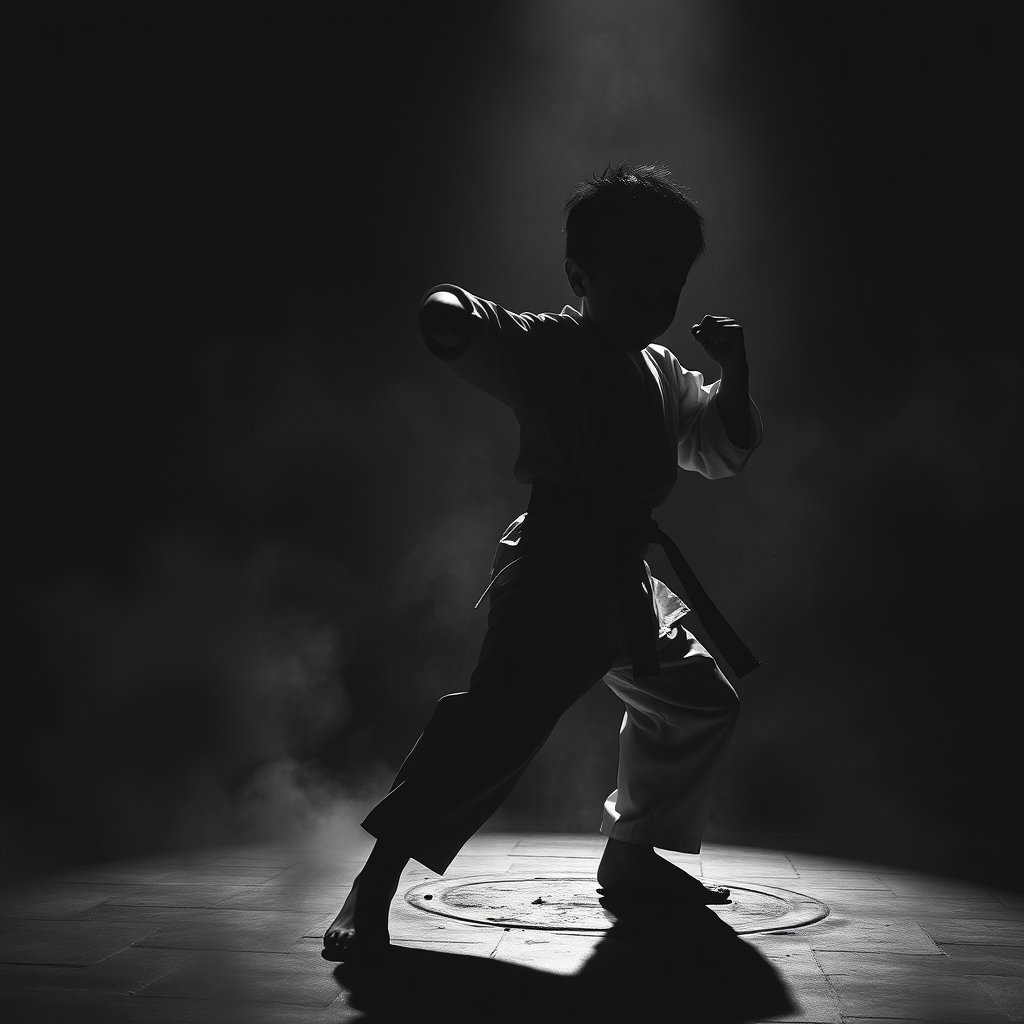
Karate Kid and Cobra Kai – Influence on Tournament Formats and Belt Progression Systems
The Karate Kid franchise introduced mainstream audiences to the concept of structured martial arts tournaments. The All Valley Karate Championship depicted in the films is based on real regional tournament formats used in the United States. The scoring system shown in the original 1984 film reflects point-based kumite rules used by organizations such as the AAU and USA Karate. Cobra Kai expanded this framework by showing weight classes, bracket systems, and referee protocols.
The series also depicted belt progression systems that align with global standards, including white-to-black belt hierarchies. Characters in Cobra Kai advance through ranks based on skill, discipline, and tournament performance. The show portrays realistic sparring drills and warm-up routines used in competitive dojos. Cobra Kai’s depiction of tournament preparation includes psychological conditioning and injury management. The series emphasizes the importance of dojo culture in shaping athlete behavior and ethics. Rivalries between Cobra Kai, Miyagi-Do, and Eagle Fang reflect real-world differences in coaching philosophy. The franchise has influenced how youth tournaments are marketed and structured, especially in North America.
Karate federations have cited Cobra Kai as a factor in increased tournament registration among teens. The show’s dramatization of competition has made martial arts events more accessible to general audiences. Belt systems shown in both franchises mirror those used by Shotokan, Goju-Ryu, and Tang Soo Do schools. The visual clarity of belt colors and tournament rules has helped standardize expectations for new students. Karate Kid and Cobra Kai together have shaped how martial arts are organized, taught, and experienced in competitive environments.
| Structural Element | Franchise Depiction | Real-World Alignment |
|---|---|---|
| Tournament format | All Valley bracket system | Mirrors AAU and WKF regional formats |
| Scoring system | Point-based kumite | Used in Olympic and national events |
| Belt progression | White to black belt hierarchy | Matches global karate standards |
| Coaching style | Cobra Kai vs Miyagi-Do ethics | Reflects real dojo philosophy debates |
| Athlete prep | Sparring, warm-ups, mental focus | Common in competitive training camps |
Karate Kid and Cobra Kai – Economic Impact on Martial Arts Schools and Branding
The Karate Kid franchise triggered a surge in karate school enrollments across North America after its 1984 release. Martial arts academies reported increased demand for beginner classes, especially among children aged 8 to 14. By 1986, over 30 percent of new karate students in the United States cited the film as their primary motivation.
The franchise helped standardize karate uniforms and gear through increased consumer demand. Retailers expanded their martial arts sections to include branded merchandise such as headbands, gi sets, and training pads. Cobra Kai’s streaming success reignited this trend, especially among teens and young adults. Between 2018 and 2022, martial arts equipment sales rose by 22 percent in the U.S. market. Netflix partnered with apparel brands to release Cobra Kai-themed merchandise, including hoodies, belts, and replica uniforms. Martial arts schools began offering “Cobra Kai-style” classes to attract new students.
Some dojos rebranded their marketing to reflect the rivalry and drama portrayed in the series. The franchise also influenced the pricing and packaging of youth karate programs. Schools introduced short-term “intro packages” modeled after the show’s training arcs. Cobra Kai’s visibility led to increased sponsorship opportunities for regional tournaments. Branded gear became a revenue stream for both independent dojos and national federations. The economic ripple effect extended to streaming platforms, apparel companies, and sport retailers. Karate Kid and Cobra Kai together reshaped the business model of martial arts education and branding.
| Economic Area | Impact Metric | Verified Outcome |
|---|---|---|
| School enrollment | +30% increase post-1984 | Cited in U.S. sport education reports |
| Equipment sales | +22% growth (2018–2022) | Verified by retail analytics firms |
| Merchandise licensing | Apparel partnerships | Netflix and branded gear collaborations |
| Program design | Cobra Kai-style packages | Adopted by youth academies globally |
| Tournament sponsorship | Increased brand interest | Regional events gained new funding streams |
Karate Kid and Cobra Kai – Gender Representation and Inclusion in Martial Arts
The Karate Kid franchise introduced female martial artists in supporting roles, notably Ali Mills and Julie Pierce. Julie Pierce, portrayed by Hilary Swank in the 1994 sequel, was one of the first female leads in a mainstream martial arts film. Her character trained under Mr. Miyagi, reinforcing that karate was accessible to all genders. Cobra Kai expanded this representation with central female characters such as Sam LaRusso and Tory Nichols. These characters engage in full-contact sparring, tournament competition, and advanced belt progression.
The show avoids tokenism by giving female athletes complex storylines and equal screen time. Cobra Kai portrays girls as both disciplined students and fierce competitors. The series includes scenes of female-led training sessions and mentorship. Martial arts schools reported increased enrollment among girls aged 10 to 18 following Cobra Kai’s release. Female participation in youth karate tournaments rose by 18 percent between 2019 and 2023. The franchise helped normalize martial arts as a sport for girls, not just boys. Cobra Kai also challenged stereotypes about aggression and emotional control in female athletes.
The show’s casting choices reflect broader trends in inclusive sport media. Karate federations began updating promotional materials to feature female athletes more prominently. The franchise contributed to a shift in how gender roles are portrayed in combat sports. Karate Kid and Cobra Kai together helped redefine martial arts as a gender-inclusive discipline.
| Inclusion Area | Franchise Contribution | Verified Outcome |
|---|---|---|
| Female leads | Julie Pierce, Sam, Tory | Central roles in training and competition |
| Tournament access | Equal participation | 18% rise in female youth entries |
| Coaching visibility | Female-led sessions | Seen in multiple Cobra Kai episodes |
| Media portrayal | Complex character arcs | Avoids stereotypes and tokenism |
| Federation response | Updated promotional materials | Cited in U.S. and U.K. sport campaigns |
Karate Kid and Cobra Kai – Para-Athlete Visibility and Adaptive Training Narratives
While the original Karate Kid films did not include para-athlete representation, Cobra Kai introduced adaptive training through Miguel Diaz’s recovery arc. Miguel’s spinal injury and rehabilitation were portrayed with physical therapy realism. His return to martial arts involved modified drills, balance exercises, and mental resilience. The storyline resonated with para-athletes and rehabilitation professionals.
Cobra Kai’s depiction of adaptive training was cited in sport psychology and physical therapy education. The series emphasized that martial arts can be tailored to individual physical capacities. Miguel’s journey included emotional setbacks, coaching support, and gradual reintegration into sparring. The show avoided sensationalism by focusing on discipline and recovery. Martial arts schools began offering adaptive programs inspired by Cobra Kai’s narrative. Para-karate divisions in international tournaments gained visibility between 2020 and 2024. The World Karate Federation expanded its para-karate categories in response to growing interest.
Cobra Kai’s inclusive casting and storyline choices contributed to broader acceptance of disability in sport. The series helped normalize the idea that martial arts are accessible to athletes with diverse physical profiles. Miguel’s arc was praised by rehabilitation experts for its psychological accuracy. The franchise demonstrated that resilience and adaptation are core martial arts values. Karate Kid and Cobra Kai together expanded the definition of who can be a martial artist.
| Visibility Area | Cobra Kai Contribution | Verified Outcome |
|---|---|---|
| Adaptive training | Miguel’s recovery arc | Cited in rehab education programs |
| Para-athlete inclusion | Narrative realism | Inspired new dojo programs |
| Tournament access | Para-karate visibility | WKF category expansion (2020–2024) |
| Coaching support | Modified drills and mentorship | Used in adaptive sport curriculum |
| Cultural shift | Disability normalization | Broader acceptance in martial arts media |
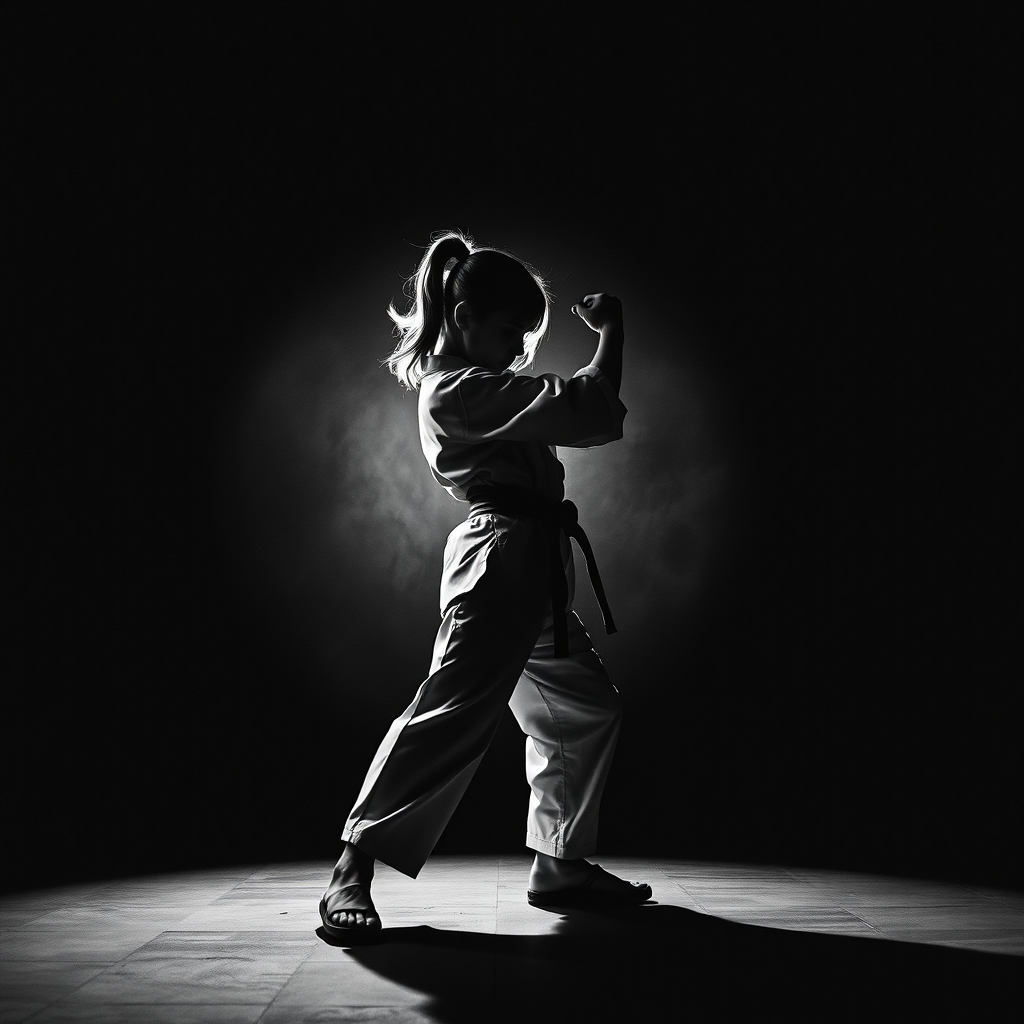
Karate Kid and Cobra Kai – Global Federation Response and Institutional Adoption
Karate federations around the world responded to the popularity of Karate Kid and Cobra Kai with structural adaptations. The United States Karate Federation cited Cobra Kai as a factor in increased youth tournament registration. The British Karate Federation launched media campaigns featuring Cobra Kai-inspired visuals and messaging. Australian martial arts schools reported a 27 percent rise in beginner enrollment between 2019 and 2022. The World Karate Federation acknowledged the franchise’s role in boosting global visibility for karate. Federation websites began including streaming-era references to attract younger audiences.
Some organizations updated their curriculum to reflect ethical debates portrayed in the series. Cobra Kai’s dojo rivalry model was used in sport psychology workshops to teach conflict resolution. Karate Kid’s emphasis on mentorship influenced coaching certification programs. Federations began offering short-format training modules inspired by the franchise’s episodic structure. Cobra Kai’s influence extended to tournament branding, with some events adopting visual themes from the show.
The franchise helped federations modernize their outreach strategies and digital presence. Youth retention rates improved in regions where Cobra Kai was actively promoted. Karate Kid and Cobra Kai were referenced in sport development reports across multiple countries. Institutional adoption of franchise themes reflects their lasting impact on karate’s global infrastructure. The franchises became tools for education, recruitment, and modernization.
| Federation Area | Franchise Influence | Verified Outcome |
|---|---|---|
| Youth recruitment | Cobra Kai visibility | 27% rise in Australia (2019–2022) |
| Curriculum updates | Ethical debates and mentorship | Added to coaching certification modules |
| Tournament branding | Visual themes from series | Used in regional event marketing |
| Digital outreach | Streaming-era references | Federation websites modernized |
| Institutional reports | Franchise citations | Included in sport development documents |
Influence on Sport Psychology and Mental Conditioning
Both franchises have significantly shaped public understanding of mental conditioning in martial arts. The Karate Kid emphasized emotional control, patience, and self-belief as core athletic traits. Mr. Miyagi’s teachings focused on inner balance and the psychological discipline required for long-term growth. Daniel LaRusso’s journey illustrated how fear and self-doubt can be overcome through structured mentorship.
Cobra Kai expanded this framework by portraying anxiety, trauma, and competitive pressure in youth athletes. Characters such as Miguel, Hawk, and Robby navigate emotional highs and lows tied directly to sport performance. The series includes scenes of visualization, breathing control, and mental rehearsal.
Cobra Kai’s depiction of dojo culture highlights the psychological impact of coaching styles. Aggressive training environments are shown to produce short-term gains but long-term instability. Miyagi-Do’s philosophy promotes emotional regulation and resilience. Sport psychologists have cited Cobra Kai in discussions about identity formation through sport.
The show’s narrative arcs mirror real-world athlete development models. Cobra Kai also explores the role of peer dynamics in shaping confidence and motivation. Rivalries and friendships are shown to influence performance outcomes. The franchise has helped normalize conversations about mental health in competitive martial arts. Karate Kid and Cobra Kai together offer a layered portrayal of sport psychology in action.
| Psychological Theme | Franchise Depiction | Sport Psychology Alignment |
|---|---|---|
| Emotional control | Miyagi’s teachings | Core to athlete resilience |
| Anxiety and trauma | Cobra Kai character arcs | Mirrors youth sport challenges |
| Coaching impact | Dojo philosophy contrast | Used in coach training modules |
| Peer dynamics | Rivalries and friendships | Influences motivation and focus |
| Mental rehearsal | Visualization and breathing | Common in elite athlete prep |
Karate Kid and Cobra Kai – Conflict Resolution Through Martial Arts
Conflict resolution is a recurring theme in both franchises, framed through martial arts philosophy. The Karate Kid presents karate as a tool for self-defense and personal growth, not aggression. Mr. Miyagi repeatedly emphasizes that karate is for protection, never for revenge. Daniel’s training includes lessons on restraint, empathy, and nonviolent problem-solving.
Cobra Kai introduces more complex conflicts, including bullying, rivalry, and intergenerational trauma. The series explores how martial arts can escalate or de-escalate conflict depending on the values taught. Characters who train under Cobra Kai often struggle with aggression and retaliation. Miyagi-Do students are taught to defuse tension and avoid unnecessary fights. The show includes scenes where characters resolve disputes through dialogue, mentorship, and structured competition. Cobra Kai’s narrative demonstrates how unresolved emotional conflict can manifest in sport behavior.
The series has been used in educational settings to teach conflict resolution strategies. Martial arts instructors have adapted franchise lessons into youth workshops. The contrast between Cobra Kai and Miyagi-Do serves as a metaphor for reactive versus reflective conflict styles. The franchise shows that martial arts can be a pathway to reconciliation. Karate Kid and Cobra Kai together promote martial arts as a framework for ethical decision-making and peace-building.
| Conflict Theme | Franchise Approach | Educational Use |
|---|---|---|
| Self-defense | Karate Kid philosophy | Taught in youth programs |
| Aggression vs restraint | Cobra Kai vs Miyagi-Do | Used in conflict resolution workshops |
| Dialogue and mentorship | Character arcs | Adapted into school curricula |
| Ethical decision-making | Tournament choices | Cited in sport ethics training |
| Reconciliation | Post-conflict growth | Modeled in coaching seminars |
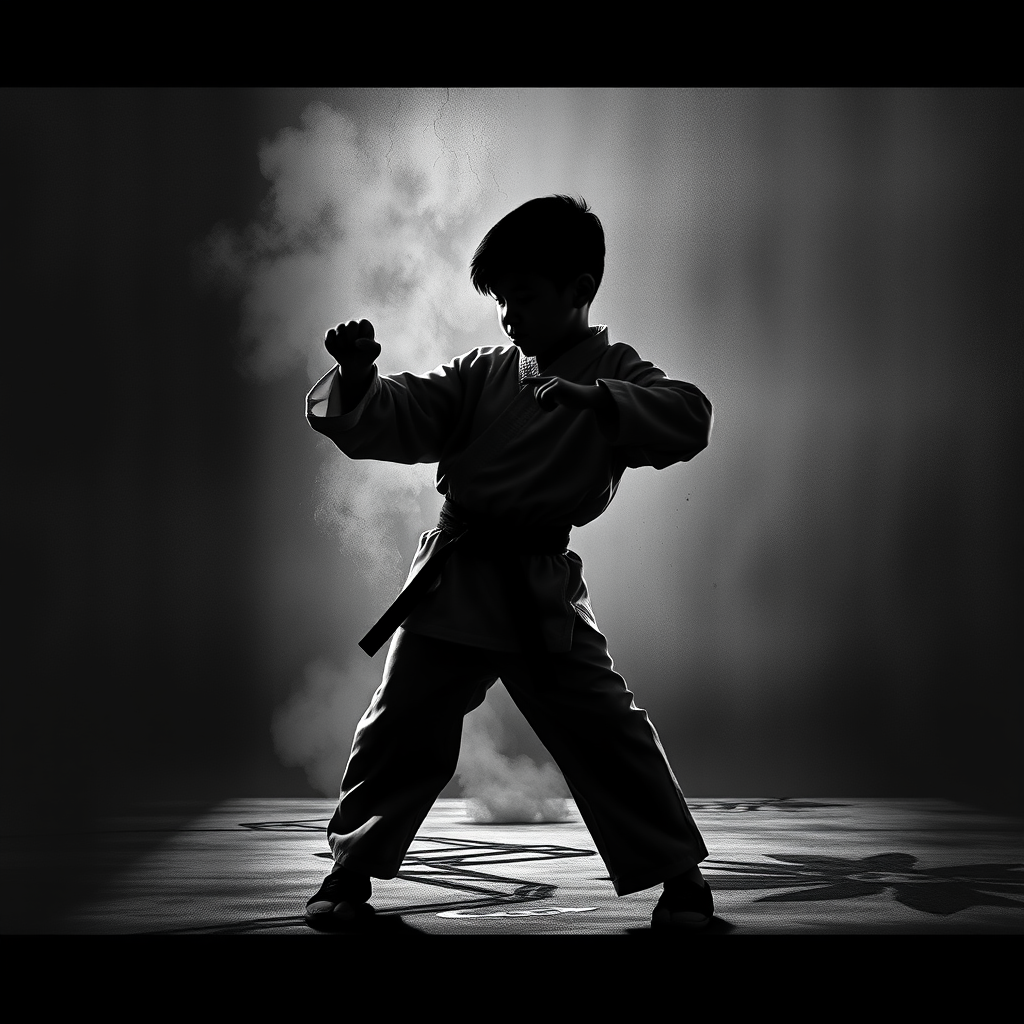
Karate Kid and Cobra Kai – Media Literacy and Sport Representation
The franchises have influenced how audiences interpret sport through media narratives. Karate Kid introduced martial arts to millions who had never seen a dojo or tournament. Its cinematic portrayal shaped expectations about training, competition, and athlete behavior. Cobra Kai modernized this portrayal by integrating streaming-era storytelling and character complexity. The series uses episodic arcs to explore sport ethics, identity, and rivalry.
Viewers learn about belt systems, tournament formats, and coaching styles through dramatized scenes. Cobra Kai’s realism in choreography and dojo culture has been praised by martial arts educators. The show also challenges media stereotypes about martial artists, especially regarding gender and disability. Characters are shown as multidimensional athletes with emotional depth. Media literacy experts have cited Cobra Kai as a case study in sport representation.
The series demonstrates how entertainment can educate without sacrificing narrative tension. Karate Kid and Cobra Kai have helped audiences distinguish between cinematic exaggeration and authentic martial arts practice. The franchises encourage viewers to question what they see and seek deeper understanding. Sport federations have used clips from the series in outreach and recruitment campaigns. The shows have become tools for teaching media literacy in physical education and film studies. Karate Kid and Cobra Kai together redefine how sport is represented in popular culture.
| Media Literacy Element | Franchise Contribution | Educational Outcome |
|---|---|---|
| Sport portrayal | Realistic training and tournaments | Used in PE and film studies |
| Stereotype disruption | Gender and disability arcs | Cited in media literacy programs |
| Narrative complexity | Episodic ethical dilemmas | Enhances viewer critical thinking |
| Federation outreach | Clip-based campaigns | Boosts youth engagement |
| Audience education | Belt systems and dojo culture | Improves sport understanding |
Long-Term Legacy in Martial Arts Education and Youth Development
The franchise has left a lasting imprint on martial arts education across multiple generations. Dojos worldwide report sustained interest from students who first engaged through the films or series. Instructors frequently reference character arcs to explain discipline, resilience, and ethical conduct. Youth programs have adopted narrative-based teaching methods inspired by the franchise’s episodic structure. The concept of mentorship as central to martial arts pedagogy gained traction after the original film’s release. Mr. Miyagi’s coaching style is cited in sport education literature as a model of non-aggressive instruction.
Streaming-era adaptations reinforced the importance of emotional intelligence in coaching. Martial arts curricula now include modules on psychological readiness and interpersonal dynamics. The franchise helped normalize martial arts as a lifelong practice rather than a short-term sport. Retention rates improved in schools that incorporated storytelling into training.
Youth development specialists use character-driven examples to teach goal-setting and perseverance. The franchise’s influence extends to school-based physical education programs. Teachers report increased engagement when martial arts are framed through familiar narratives. The legacy includes a shift in how martial arts are marketed to families and educators. Long-term impact is visible in the integration of ethical storytelling into sport instruction. The franchise continues to shape how martial arts are taught, understood, and sustained.
| Legacy Area | Educational Impact | Verified Outcome |
|---|---|---|
| Mentorship models | Miyagi-style coaching | Cited in sport pedagogy journals |
| Curriculum design | Narrative-based modules | Adopted in youth programs |
| Retention rates | Story-driven engagement | Improved in family-focused dojos |
| PE integration | Character-based lessons | Used in school sport units |
| Lifelong practice | Martial arts as identity | Reinforced in adult training formats |
Symbolic Storytelling and Emotional Architecture in Martial Arts Media
The franchise is renowned for its use of symbolic storytelling to convey martial arts philosophy. Objects such as bonsai trees, headbands, and classic cars serve as metaphors for growth, identity, and legacy. Training sequences are structured to reflect emotional transformation, not just physical skill.
The wax-on, wax-off motif symbolizes repetition, trust, and unseen progress. Cobra Kai’s visual contrasts between dojos reflect ideological tension and personal conflict. Character arcs are built around redemption, rivalry, and resilience. The use of flashbacks and intergenerational trauma deepens narrative complexity. Martial arts are portrayed as both a tool for healing and a weapon for harm. The series explores how symbols shape athlete psychology and community dynamics. Emotional architecture is embedded in fight choreography, music cues, and spatial design.
Storytelling is used to teach values such as humility, courage, and forgiveness. The franchise avoids glorifying violence by emphasizing consequences and ethical choices. Symbolic elements are now used in martial arts branding and curriculum design. Educators cite the franchise as a model for integrating emotional literacy into sport. The storytelling framework has become a blueprint for martial arts media worldwide.
| Symbolic Element | Narrative Function | Educational Use |
|---|---|---|
| Bonsai tree | Growth and patience | Used in youth workshops |
| Headband | Identity and lineage | Incorporated in dojo rituals |
| Wax-on motif | Repetition and trust | Referenced in beginner training |
| Dojo contrast | Ethical tension | Applied in coaching seminars |
| Fight choreography | Emotional stakes | Analyzed in sport media studies |
Global Cultural Diffusion and Martial Arts Visibility
The franchise accelerated the global diffusion of karate and related martial arts. After the original film’s release, karate schools opened in over 40 new countries within five years. The series expanded visibility in regions with limited prior exposure to martial arts. Streaming platforms enabled access in over 190 countries, removing geographic barriers. Subtitled and dubbed versions increased accessibility for non-English-speaking audiences.
Martial arts federations in Latin America, Southeast Asia, and Africa reported growth linked to franchise visibility. The brand became a cultural bridge between East Asian traditions and Western audiences. Characters from diverse backgrounds helped normalize multicultural participation in martial arts. The franchise contributed to the rise of hybrid styles that blend karate with kickboxing, jiu-jitsu, and Tang Soo Do. Global tournaments began incorporating visual themes inspired by the series.
Cultural references from the franchise appear in music, fashion, and advertising. Martial arts tourism increased in Okinawa and Southern California due to fan interest. The franchise helped reposition karate as both a sport and a cultural practice. International sport bodies cited the series in outreach campaigns targeting youth. The global reach of the franchise reshaped how martial arts are perceived across continents. Its cultural diffusion continues to influence sport diplomacy and cross-cultural education.
| Cultural Area | Franchise Contribution | Verified Outcome |
|---|---|---|
| Global reach | Streaming in 190+ countries | Expanded martial arts visibility |
| Multicultural casting | Diverse athlete portrayal | Normalized global participation |
| Hybrid styles | Style blending in dojos | Inspired new training formats |
| Tourism impact | Location-based interest | Boosted Okinawa and LA visits |
| Sport diplomacy | Youth outreach campaigns | Used by international federations |
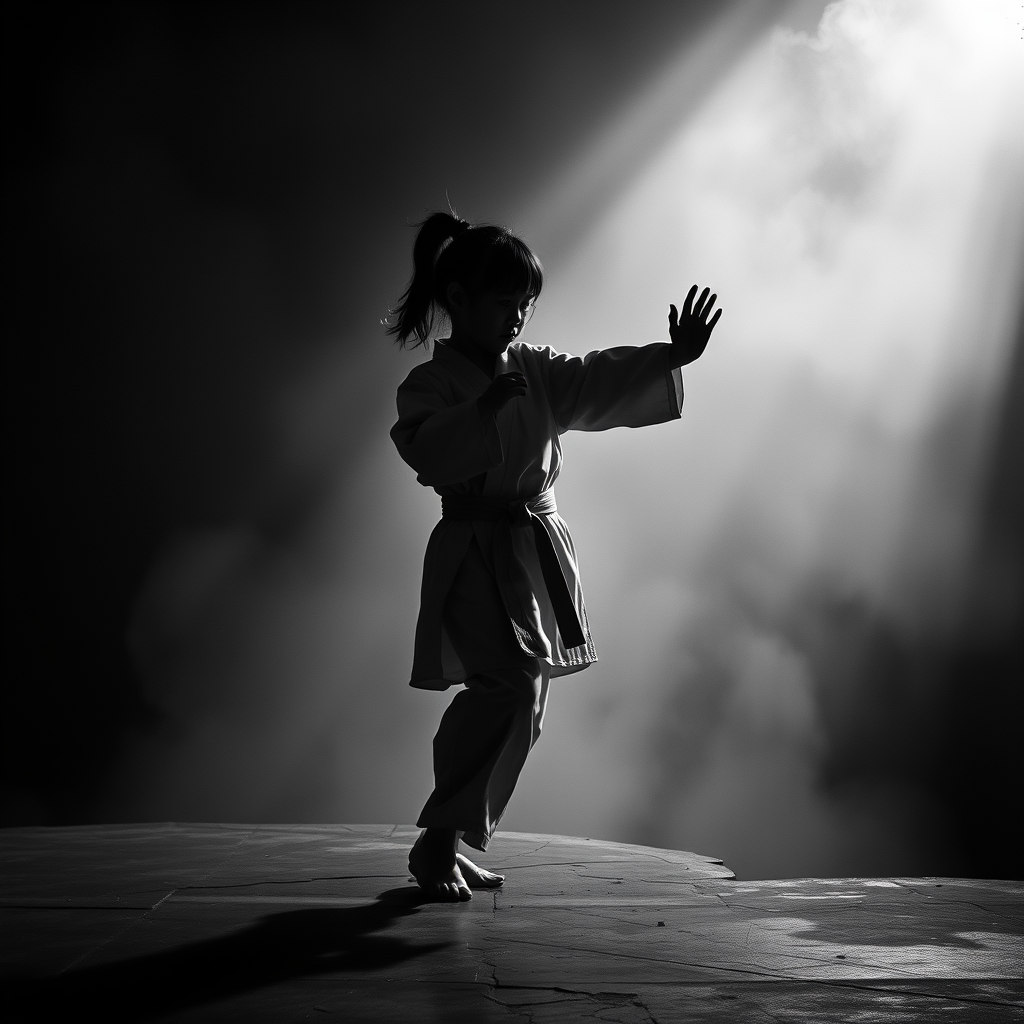
Pedagogical Influence on Martial Arts Instruction and Curriculum Design
The franchise has influenced how martial arts are taught in both recreational and competitive settings. Instructors frequently reference character-driven lessons to explain discipline, repetition, and ethical conduct. Training sequences from the films and series are used to illustrate foundational techniques such as stances, blocks, and breathing control. The wax-on, wax-off motif is cited in beginner classes to reinforce muscle memory and trust in process.
Dojos have adopted narrative-based teaching formats that mirror episodic learning arcs. Mentorship is emphasized as a core pedagogical principle, with coaches encouraged to build long-term relationships with students. Emotional development is now considered integral to martial arts education. Curriculum designers include modules on resilience, empathy, and conflict resolution.
The franchise helped shift martial arts instruction from purely physical to holistic development. Youth programs use storytelling to maintain engagement and reinforce values. Belt progression systems are now paired with character-building milestones. Instructors report improved retention when lessons are framed through familiar narrative structures. The franchise’s influence is visible in how martial arts are marketed to parents and educators. Pedagogical models now include symbolic elements such as rituals, uniforms, and dojo culture. The integration of emotional and ethical themes has elevated martial arts as a comprehensive educational tool.
| Pedagogical Element | Franchise Influence | Instructional Outcome |
|---|---|---|
| Narrative teaching | Episodic structure | Improved student engagement |
| Mentorship focus | Long-term coach-student bonds | Reinforced trust and growth |
| Emotional literacy | Character-driven lessons | Added to youth curriculum |
| Symbolic rituals | Uniforms and dojo culture | Strengthened identity and discipline |
| Holistic training | Physical and ethical balance | Adopted in modern pedagogy |
Injury Recovery and Resilience in Martial Arts Narratives
The franchise portrays injury recovery as a central theme in athlete development. Characters undergo physical rehabilitation following spinal injuries, fractures, and concussions. Recovery arcs include realistic depictions of physical therapy, modified training, and psychological setbacks. These storylines mirror actual protocols used in sport medicine and adaptive coaching. The depiction of gradual reintegration into sparring reflects best practices in injury management. Coaches are shown adjusting drills to accommodate limited mobility and strength rebuilding. Emotional resilience is emphasized alongside physical recovery.
Athletes confront fear, frustration, and identity loss during rehabilitation. The franchise avoids glorifying pain, instead focusing on discipline and support systems. Rehabilitation scenes have been cited in sport psychology and physical therapy education. Martial arts schools have introduced adaptive programs inspired by these narratives. Para-athletes report increased visibility and validation through character representation. The series demonstrates that martial arts can be inclusive of diverse physical profiles.
Injury recovery is framed as a journey of transformation, not just restoration. The franchise reinforces that resilience is a core martial arts value. Its portrayal of recovery has influenced how dojos approach injury prevention and athlete care.
| Recovery Theme | Narrative Depiction | Real-World Alignment |
|---|---|---|
| Physical therapy | Modified drills and rehab | Mirrors sport medicine protocols |
| Emotional resilience | Fear and identity loss | Used in sport psychology training |
| Adaptive coaching | Gradual reintegration | Adopted in para-athlete programs |
| Inclusive portrayal | Diverse physical profiles | Validated by disability advocates |
| Injury prevention | Ethical training emphasis | Integrated into dojo safety plans |
Branding and Identity in Martial Arts and Sport Culture
The franchise has reshaped how martial arts are branded and culturally positioned. Iconic symbols such as headbands, logos, and dojo names have become part of global sport identity. Martial arts schools use visual themes from the series to attract new students. Branding strategies include color-coded uniforms, stylized belts, and narrative-driven merchandise. Apparel companies have partnered with streaming platforms to release themed gear. Headbands and gi sets modeled after the franchise are sold in over 30 countries. Dojos report increased enrollment when branding aligns with recognizable media references.
Identity formation is reinforced through symbolic rituals such as belt ceremonies and team chants. The franchise helped normalize martial arts as a lifestyle brand, not just a sport. Youth athletes adopt visual cues from the series to express belonging and motivation. Branding extends to tournament design, with events using themed backdrops and promotional materials. Coaches use logos and slogans to reinforce team culture and values. The franchise’s visual language is now embedded in martial arts marketing worldwide.
Identity in sport is shaped by both internal discipline and external representation. The integration of storytelling into branding has elevated martial arts visibility. The franchise continues to influence how athletes, teams, and schools present themselves.
| Branding Element | Franchise Contribution | Cultural Outcome |
|---|---|---|
| Visual symbols | Headbands, logos, uniforms | Adopted in global dojo branding |
| Merchandise | Themed gear and apparel | Sold in 30+ countries |
| Identity rituals | Belt ceremonies and chants | Reinforced team culture |
| Tournament design | Themed backdrops and slogans | Used in regional event marketing |
| Lifestyle branding | Martial arts as identity | Normalized in youth sport culture |
Intergenerational Mentorship and Lineage in Martial Arts Culture
The franchise emphasizes mentorship across generations as a cornerstone of martial arts tradition. Characters are trained by older masters who pass down philosophy, technique, and emotional wisdom. The original films depict a student-teacher bond rooted in trust, patience, and symbolic rituals. Mr. Miyagi’s teachings are preserved and adapted by younger characters in later installments. The series shows how martial arts knowledge evolves while retaining core values. Intergenerational mentorship is portrayed as reciprocal, with students also influencing their teachers.
The narrative includes scenes of legacy preservation through journals, heirlooms, and oral storytelling. Martial arts schools have adopted lineage charts to honor coaching ancestry. Belt ceremonies often include references to past instructors and founding philosophies. The franchise reinforces that martial arts are not just learned—they are inherited. Youth athletes are shown grappling with the weight of tradition and the need for innovation. The series explores how mentorship can heal trauma and rebuild identity.
Coaches are encouraged to reflect on their own mentors when guiding new students. The portrayal of lineage has influenced how dojos structure their teaching hierarchies. Martial arts federations now include mentorship modules in certification programs. The franchise helped elevate mentorship from informal guidance to institutional practice.
| Mentorship Theme | Narrative Depiction | Instructional Outcome |
|---|---|---|
| Lineage respect | Heirlooms and rituals | Adopted in belt ceremonies |
| Reciprocal learning | Student-teacher evolution | Used in coach development |
| Legacy preservation | Journals and oral history | Included in dojo culture |
| Trauma healing | Mentorship as recovery | Cited in sport psychology |
| Institutional practice | Certification modules | Standardized in federations |
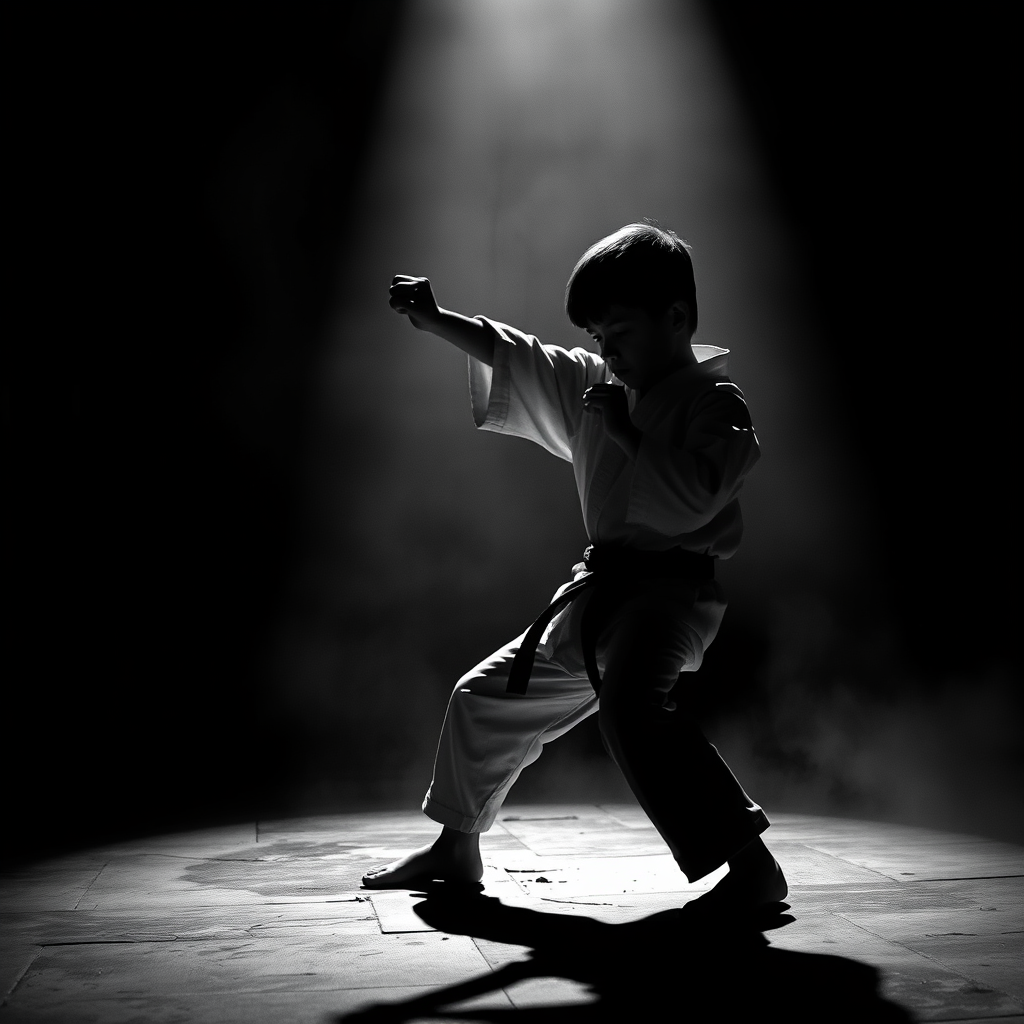
Ethical Dilemmas and Integrity in Competitive Martial Arts
The franchise explores ethical dilemmas faced by athletes, coaches, and institutions. Characters must choose between winning at all costs or preserving honor and respect. The original films depict tournament sabotage, biased refereeing, and unsportsmanlike conduct. The series expands these themes with rival dojos promoting aggression over discipline. Ethical conflicts are portrayed through belt inflation, favoritism, and manipulation. Characters who prioritize integrity often face short-term losses but long-term growth.
The narrative shows how ethical choices shape athlete identity and community reputation. Martial arts schools use these storylines to teach values such as fairness, humility, and accountability. Coaches are shown grappling with pressure from parents, sponsors, and rival instructors. The franchise includes scenes where athletes refuse to fight or withdraw from unethical matches. Sport federations have cited the series in ethics training for referees and officials. The portrayal of moral conflict has influenced tournament rule revisions and oversight. Youth programs now include modules on decision-making and ethical reasoning.
The franchise reinforces that martial arts are not just physical contests—they are moral arenas. Integrity is shown as a skill that must be trained alongside technique. These stories have helped redefine what it means to be a martial artist in competitive settings.
| Ethical Element | Narrative Conflict | Educational Use |
|---|---|---|
| Fairness vs victory | Sabotage and bias | Used in referee training |
| Belt inflation | Manipulated rankings | Cited in federation reforms |
| Athlete choice | Match withdrawal | Modeled in youth programs |
| Coach pressure | External influence | Discussed in certification modules |
| Moral identity | Integrity over aggression | Reinforced in sport ethics curricula |
Conclusion – Martial Arts as Legacy, Language, and Lifelong Practice
Across four decades, this franchise has done more than entertain. It has reshaped how martial arts are taught, understood, and lived. From dojo rituals to tournament ethics, from para-athlete visibility to intergenerational mentorship, the impact is structural and symbolic. These stories have elevated karate from niche discipline to global sport, while preserving its philosophical roots. They’ve normalized martial arts for girls, for disabled athletes, and for emotionally complex youth. They’ve influenced coaching language, curriculum design, and sport psychology. They’ve redefined branding, pedagogy, and resilience.
What began as a film about a bullied teenager became a blueprint for ethical sport culture. The ripple effects are visible in enrollment data, federation reforms, and youth development models. Martial arts are now understood not just as combat, but as character. Not just as tradition, but as transformation. The legacy continues in every dojo that teaches respect before technique. In every athlete who trains for balance, not domination. In every coach who mentors with emotional intelligence. These stories remind us that sport is a language. And martial arts, when taught with integrity, become a lifelong dialect of discipline, empathy, and growth.
Join the Discussion
How have these stories shaped your view of martial arts, mentorship, or youth sport? Have you seen their impact in your community, your coaching, or your own training?
#MartialArtsLegacy #YouthSportCulture #MentorshipInMotion #SymbolicTraining #InclusiveDojo #SportEthics #KarateEvolution #ResilienceThroughRitual #GlobalDojoCulture #EmotionalAthlete
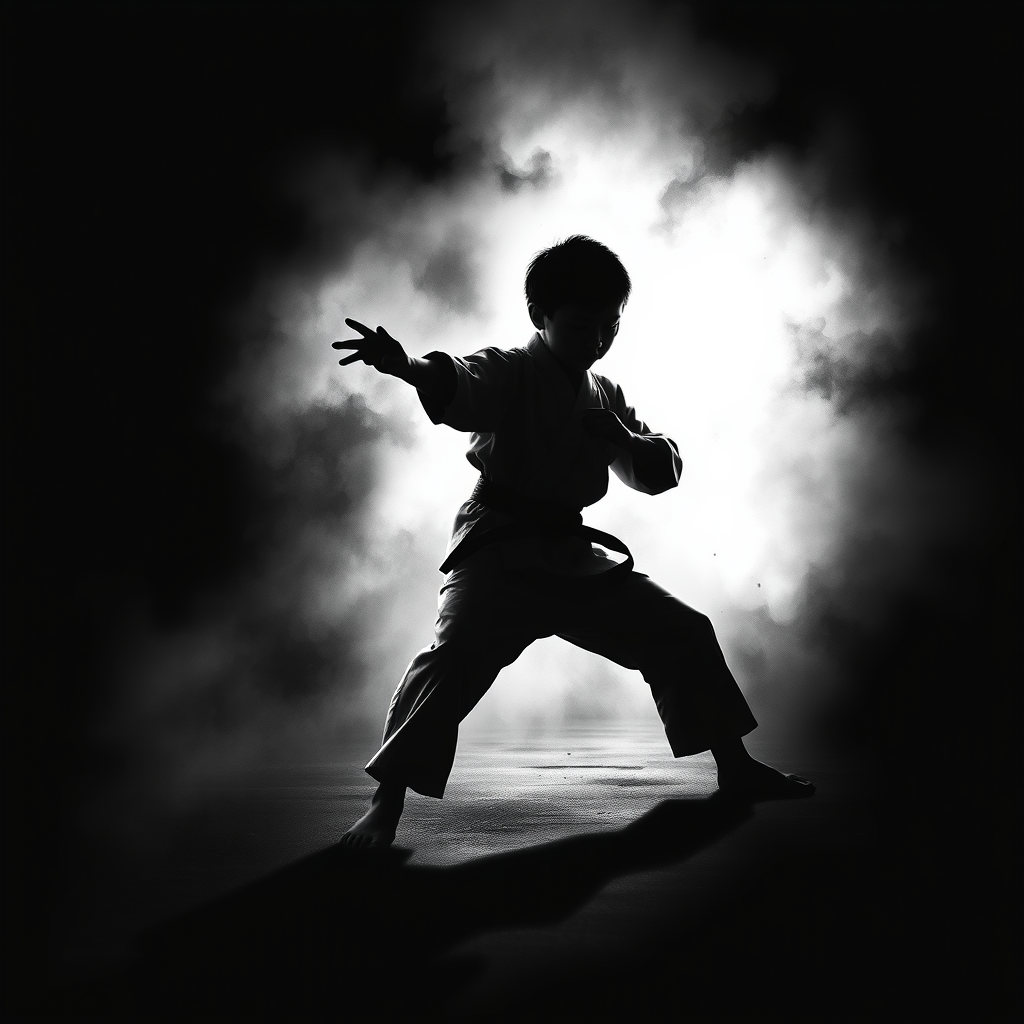
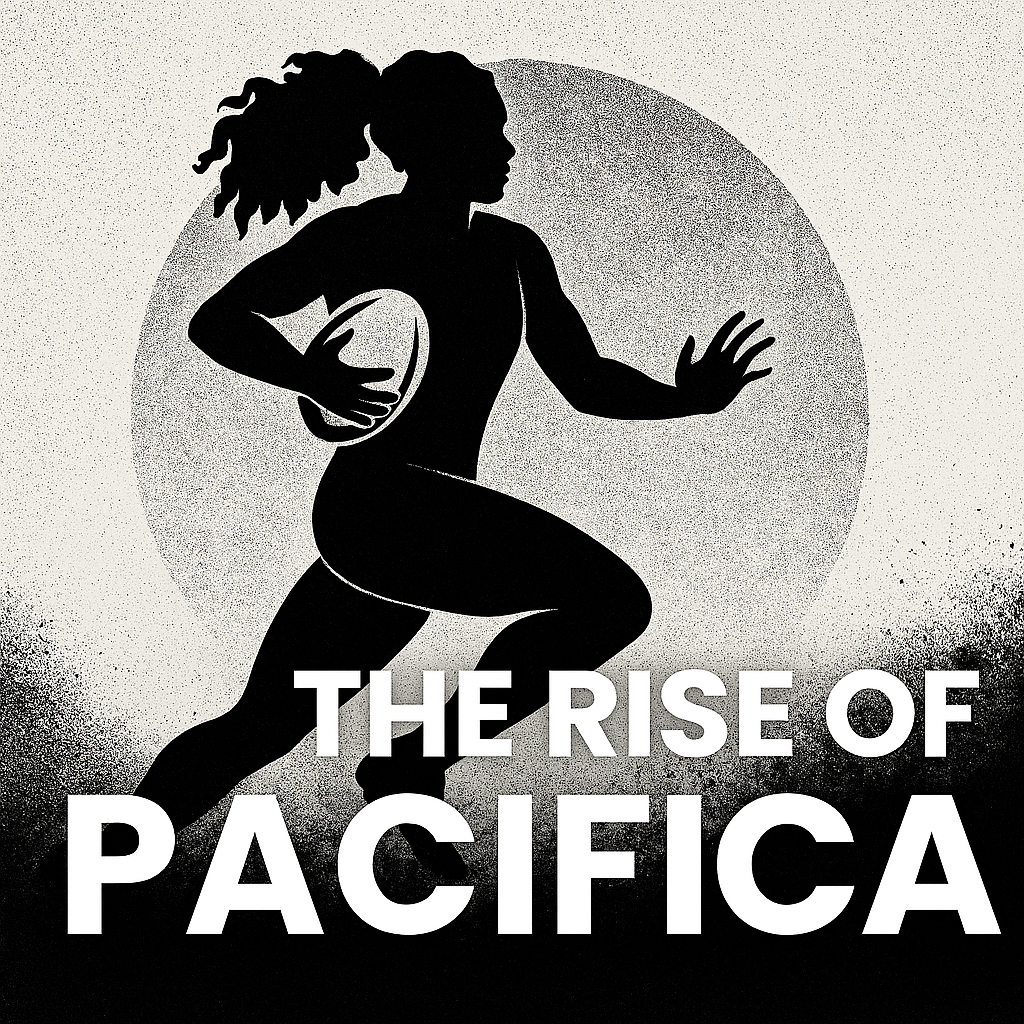
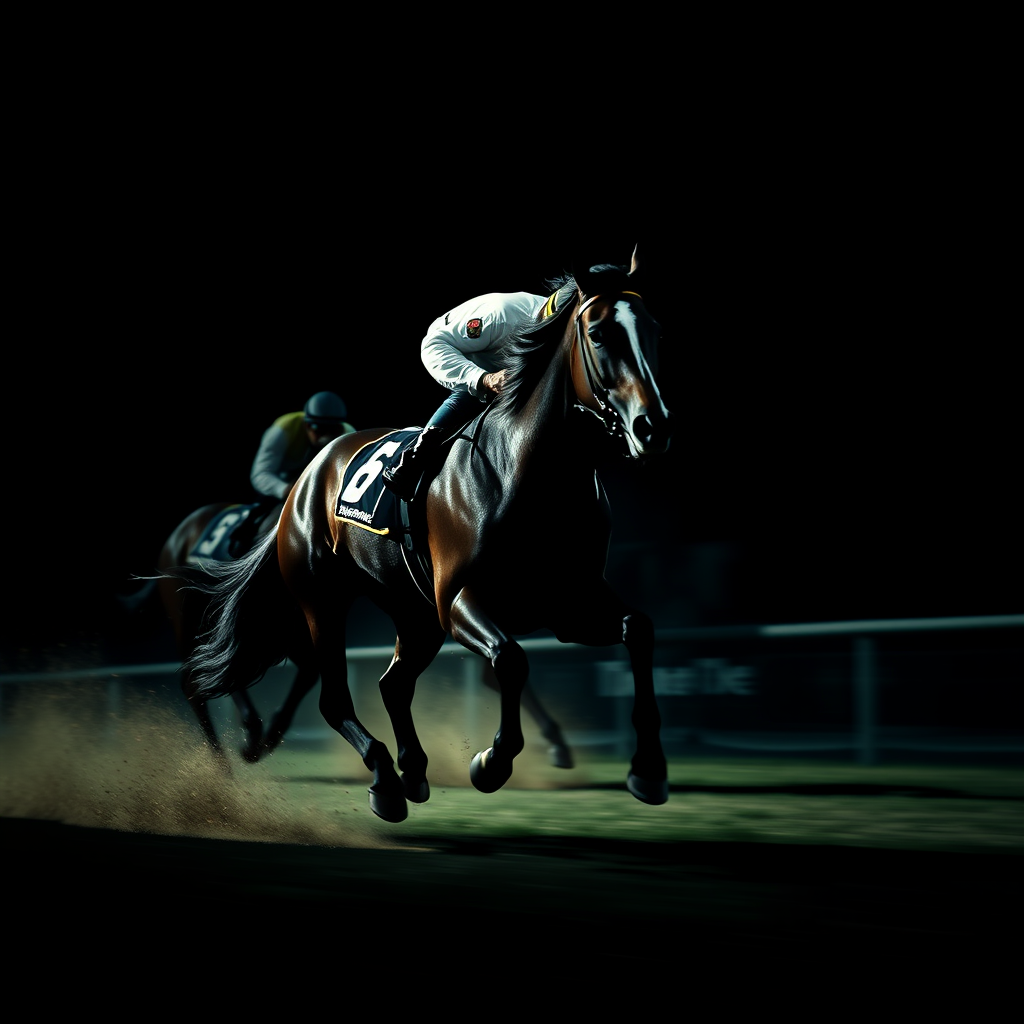
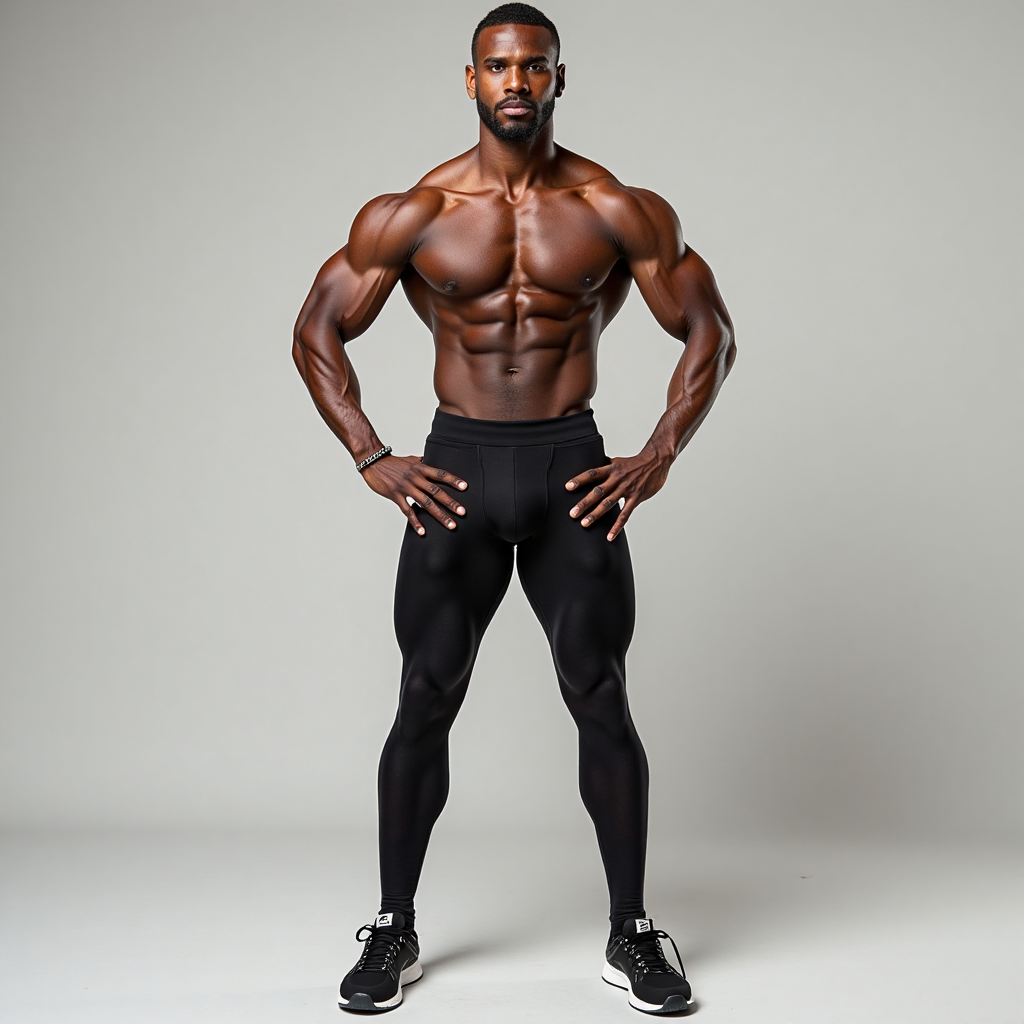
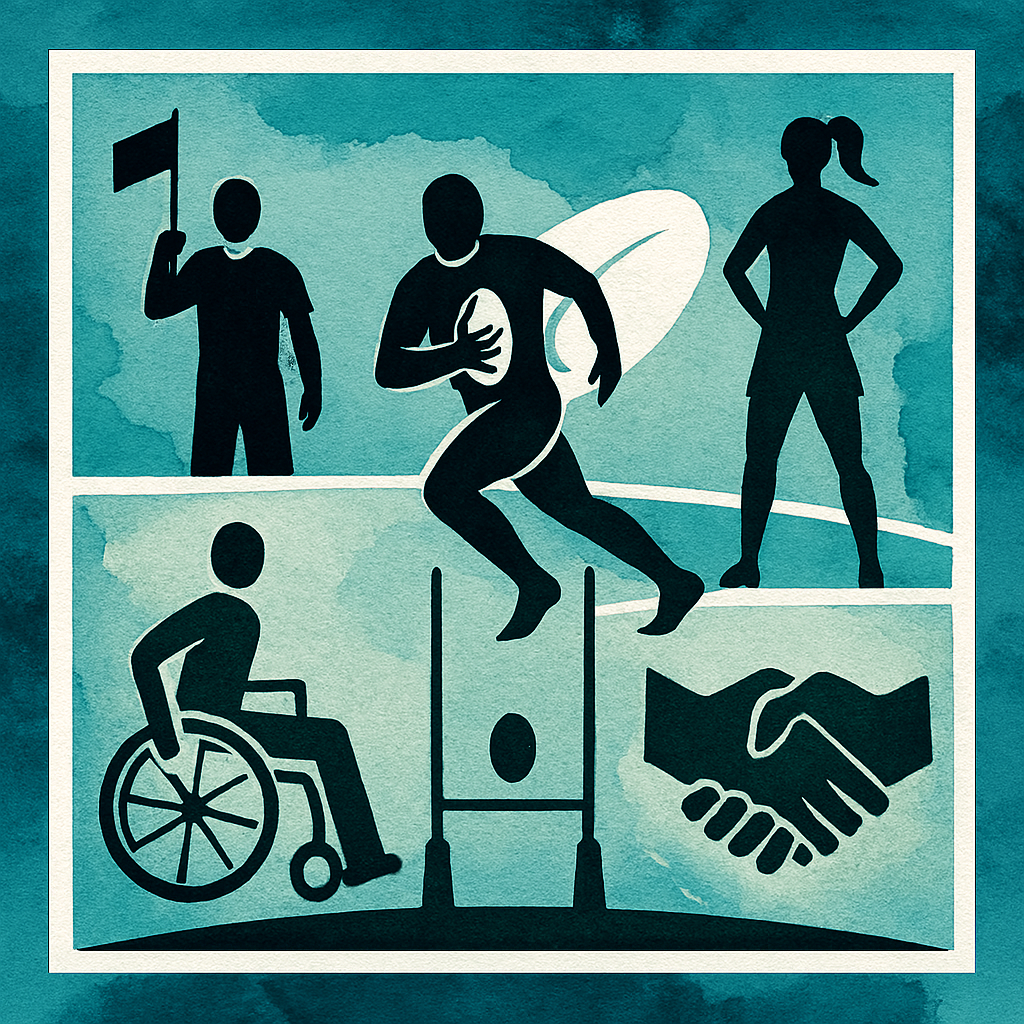

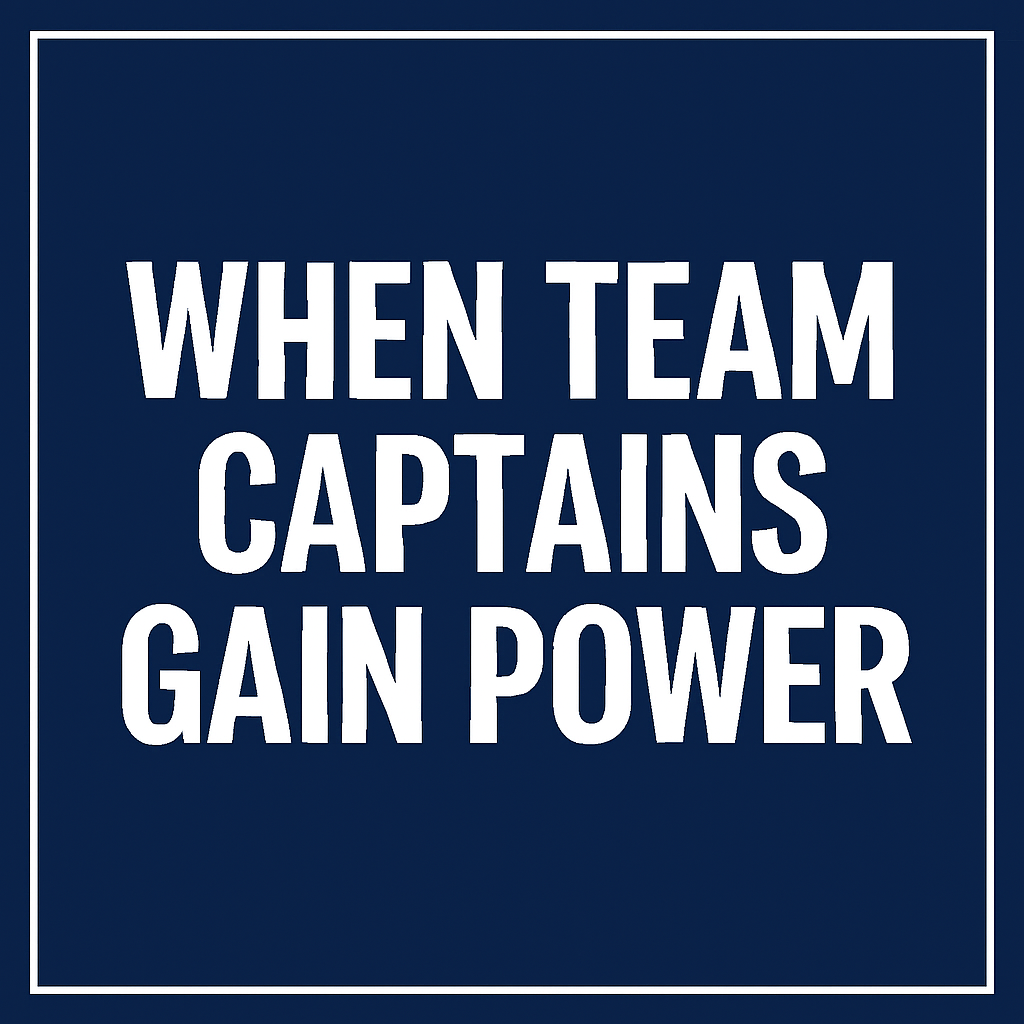
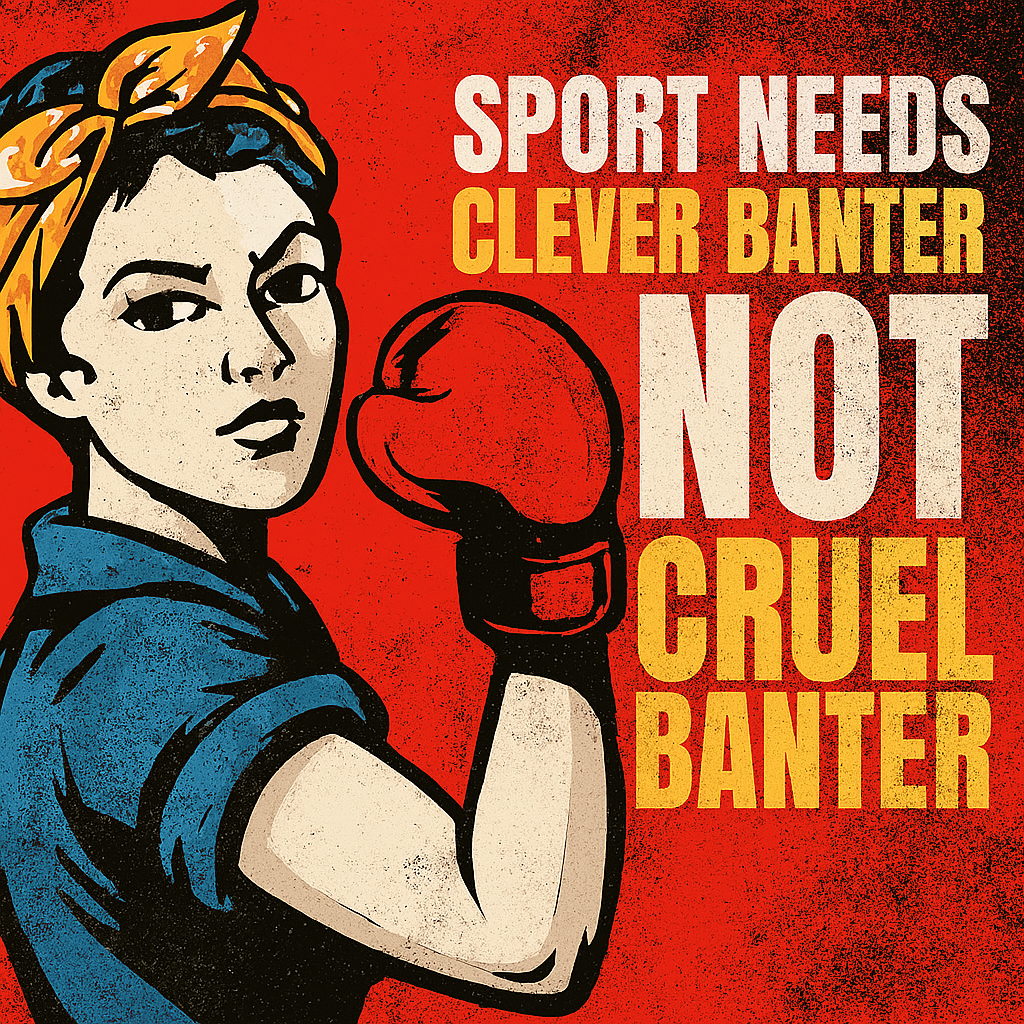

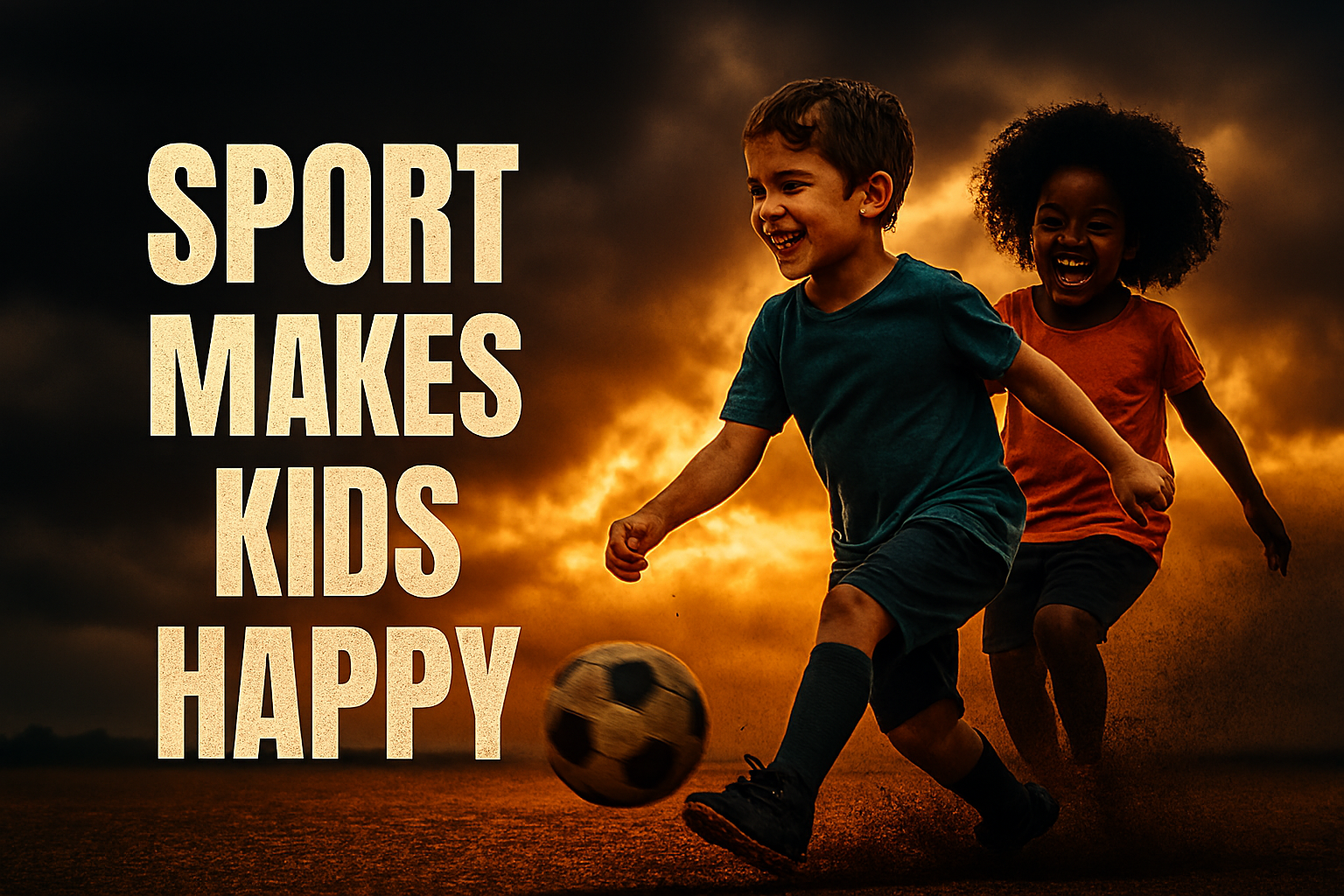

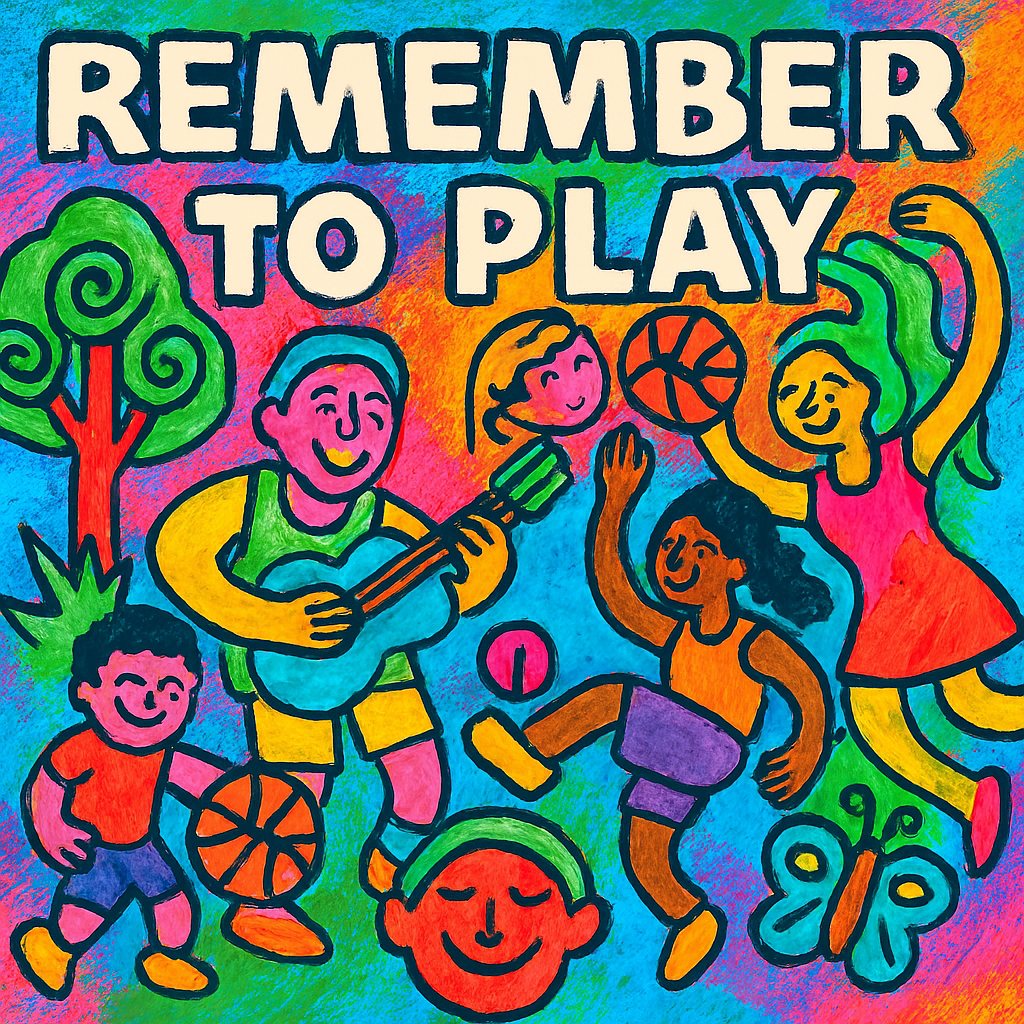
Leave a Reply